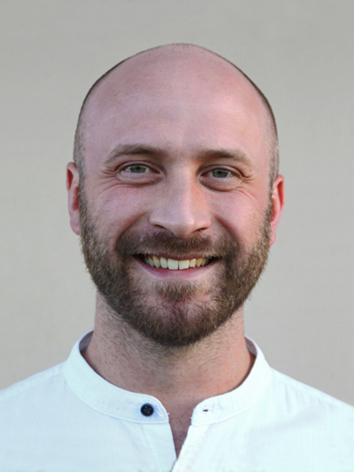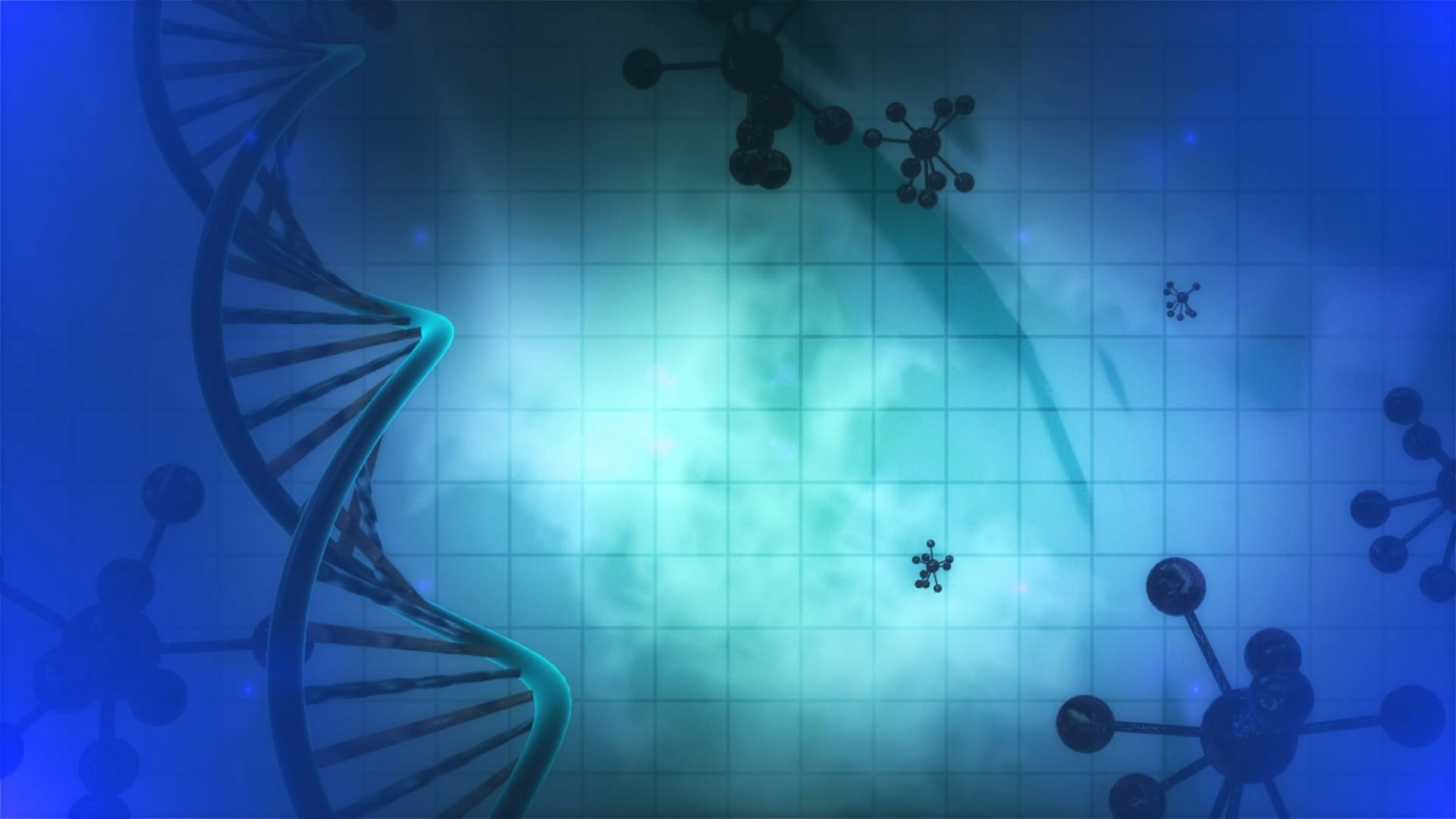
Research Fellow
email: marco.agnes @isof.cnr.it
Office telephone: +39 051 639 8252
Building: Isof 12 Floor: 3
Office number: 516
Born in 1989, I obtained my MSc degree in Chemistry at the Università degli Studi di Pavia (Italy) in 2014. During my BSc I spent 5 months at the Utrecht Universiteit (Netherlands – 2011, Erasmus Programme) and during my MSc I spent 4 months at the ICMAB-CSIC of Barcelona (Spain – 2013, Erasmus Placement), under the supervision of Dr. David Amabilino. There, I started my MSc thesis project regarding the “Synthesis of BINOL-based building blocks for selective complexation and chiral macrocycles formation”, which I completed under the supervision of Dr. Dario Pasini. In 2014, I was involved in the EU Project No. 608407: “CycloN Hit” FP7-PEOPLE-ITN as an Early Stage Researcher at the Institute of Nanoscience and Nanotechnology of the NCSR “Demokritos” of Athens (Greece), under the supervision of Dr. Konstantina Yannakopoulou. The aim of the project was to develop nanocarriers for the delivery of antimicrobial agents to fight resistance mechanisms. In 2018, I received my PhD in Chemistry from the National and Kapodistrian University of Athens (Greece) with a thesis on the “Synthesis of charged cyclodextrins for encapsulation of antibiotics”. In 2018, I joined the R&D laboratory of a private company, Steroid Spa (Cologno Monzese, Italy), where I was involved in the optimization, scale-up and implementation of regulatory data of industrial synthetic processes. I joined the ISOF-CNR of Bologna (Italy) in 2020, in the frame of the MSCA-IF-EF-CAR “HypoCyclo” EU Project No. 894942, under the supervision of Dr. Ilse Manet. The aim of the project is to develop multifunctional polymeric cyclodextrin nanocarriers as novel Triple-Negative breast cancer treatment: a versatile photo-chemotherapy bypassing hypoxic conditions.
Publications:
PubIons: https://publons.com/researcher/2521279/marco-agnes/
ORCiD: https://orcid.org/0000-0002-1325-3627
Scopus: https://www.scopus.com/authid/detail.uri?authorId=57194447367
ResearchGate: https://www.researchgate.net/profile/Marco_Agnes
- Helical Nanofibers Formed by Palladium-Mediated Assembly of Organic Homochiral Macrocycles Containing Binaphthyl and Pyridyl Units, M. Agnes, A. Arabi, M. Caricato, A. Nitti, D.Dondi, K. Yannakopoulou, M. Patrini and D. Pasini, ChemPlusChem 2021, 86(2), 270–274 | https://doi.org/10.1002/cplu.202100039
- Increased antibiotic efficacy and noninvasive diagnostic monitoring of biofilms by complexation with cysteamine-substituted-γ-cyclodextrin, H. Thomsen, M. Agnes, O. Uwangue, L. Persson, M. Mattsson, F. E. Graf, E.M. Kasimati, K. Yannakopoulou, M. B. Ericson and A. Farewell, Int. J. Pharm. 2020, 587, 119646 | https://doi.org/10.1016/j.ijpharm.2020.119646
- Effect of β- and γ-cyclodextrins and their methylated derivatives on the degradation rate of benzylpenicillin, A. Popielec, M. Agnes, K. Yannakopoulou, É. Fenyvesic and T. Loftsson, J. Incl. Phenom. Macrocycl. Chem. 2018, 91(3-4), 199-209 | https://doi.org/10.1007/s10847-018-0816-y
- Self-assembled cyclodextrin-based nanoparticles for meropenem stabilization, A. Popielec, M.Agnes, K. Yannakopoulou, É. Fenyvesic and T. Loftsson, J. Drug Deliv. Sci. Technol. 2018, 45, 20-17 | https://doi.org/10.1016/j.jddst.2018.02.018
- Designed positively charged cyclodextrin hosts with enhanced binding of penicillins as carriers for the delivery of antibiotics: The case of oxacillin, M. Agnes, A. Thanassoulas, P. Stavropoulos, G. Nounesis, G. Miliotis, V. Miriagou, E. Athanasiou, G. Benkovics, M. Malanga and K. Yannakopoulou, Int. J. Pharm. 2017, 531(2), 480-491 | https://doi.org/10.1016/j.ijpharm.2017.04.080
- Formation, characterization and pH dependence of Rifampicin: Heptakis(2,6-di-O-methyl)-β-cyclodextrin complexes, L. Angiolini*, M. Agnes*, B. Cohen, K. Yannakopoulou and A. Douhal, Int. J. Pharm. 2017, 531(2), 668-675 | https://doi.org/10.1016/j.ijpharm.2017.06.015 (*equal contribution)
- Cyclodextrin-mesoporous silica particle composites for controlled antibiotic release. A proof of concept toward colon targeting, L. Stjern, S. Voittonen, R. Weldemichel, S. Thuresson, M. Agnes, G. Benkovics, É. Fenyvesi, M. Malanga, K. Yannakopoulou, A. Feiler and S. Valetti, Int. J. Pharm. 2017, 531(2), 595-605 | https://doi.org/10.1016/j.ijpharm.2017.05.062
- A chiroptical molecular sensor for ferrocene (Cover Page), M. Agnes, A. Nitti, D.A. Vander Griend, D.Dondi, D. Merli and D. Pasini, Chem. Commun. 2016, 52, 11492-11495 | http://pubs.rsc.org/en/content/articlepdf/2016/cc/c6cc05937f
- Crystal structure analyses facilitate understanding of synthetic protocols in the preparation of 6,6’-dibromo substituted BINOL compounds, M. Agnes, A. Sorrenti, D. Pasini, K. Wurst and D. Amabilino, Cryst. Eng. Comm. 2014, 16, 10131-10138 | http://pubs.rsc.org/en/content/articlepdf/2014/ce/c4ce01160k


